The Best in Science News and Amazing Breakthroughs
, the closest cousins of modern humans, lived in parts of Europe and Asia until their extinction some 30,000 years ago.
Like us, they had two copies of 22 of those chromosomes , and also a pair of sex chromosomes. Females had two X chromosomes, while males had one X and one Y.. However, the large chunk that has been sequenced contains versions of several of the same genes that are in the modern human Y chromosome. Most of this Neanderthal DNA arrived in a 7,000-year period about 47,000 years ago, after modern humans came out of Africa into Europe, and before Neanderthals became extinct about 30,000 years ago.
In mammals and other animals where females have XX chromosomes and males have XY, it is disproportionately male hybrids that are unfit or infertile. In birds, butterflies and other animals where males have ZZ chromosomes and females have ZW, it is the females.
United States Latest News, United States Headlines
Similar News:You can also read news stories similar to this one that we have collected from other news sources.
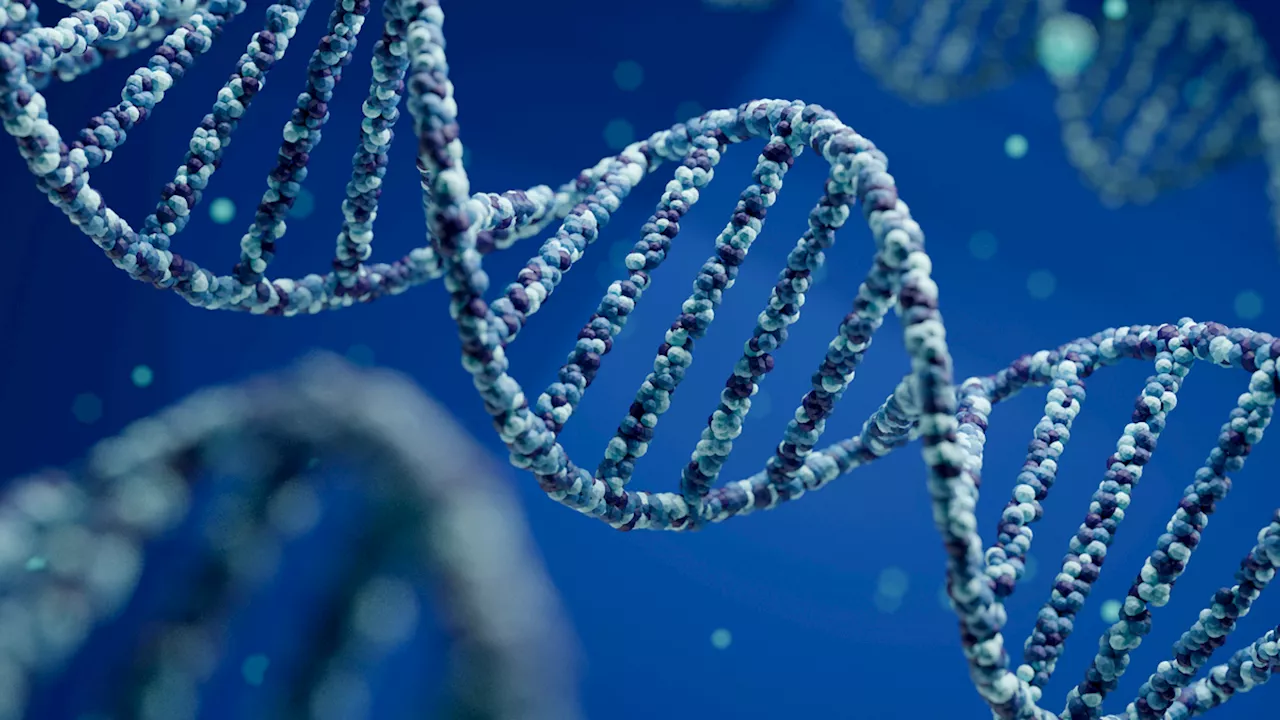 10 unexpected ways Neanderthal DNA affects our healthEmily is a health news writer based in London, United Kingdom. She holds a bachelor's degree in biology from Durham University and a master's degree in clinical and therapeutic neuroscience from Oxford University. She has worked in science communication, medical writing and as a local news reporter while undertaking journalism training.
10 unexpected ways Neanderthal DNA affects our healthEmily is a health news writer based in London, United Kingdom. She holds a bachelor's degree in biology from Durham University and a master's degree in clinical and therapeutic neuroscience from Oxford University. She has worked in science communication, medical writing and as a local news reporter while undertaking journalism training.
Read more »
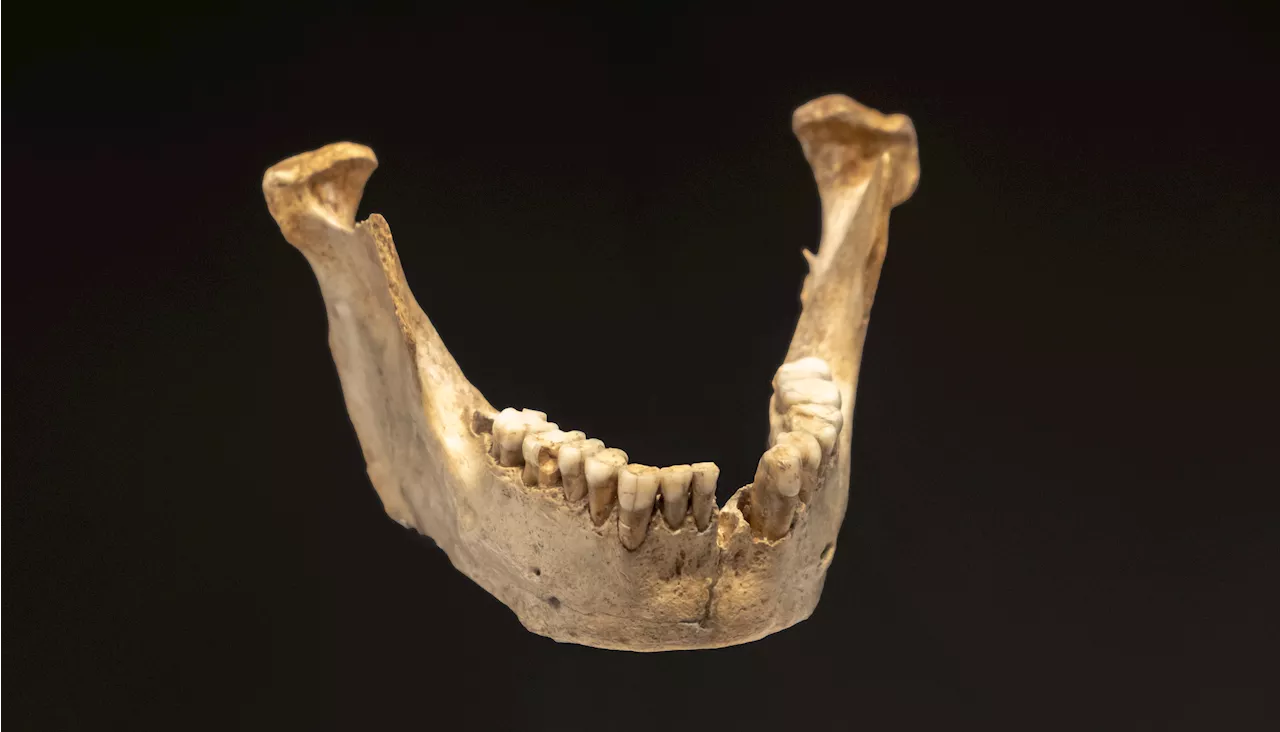 Ancient Neanderthal and Paleolithic Teeth Show Signs of Childhood StressExamining the enamel of teeth from both Neanderthal and Upper Paleolithic kids shows that stress affected each group at a different stage of development.
Ancient Neanderthal and Paleolithic Teeth Show Signs of Childhood StressExamining the enamel of teeth from both Neanderthal and Upper Paleolithic kids shows that stress affected each group at a different stage of development.
Read more »
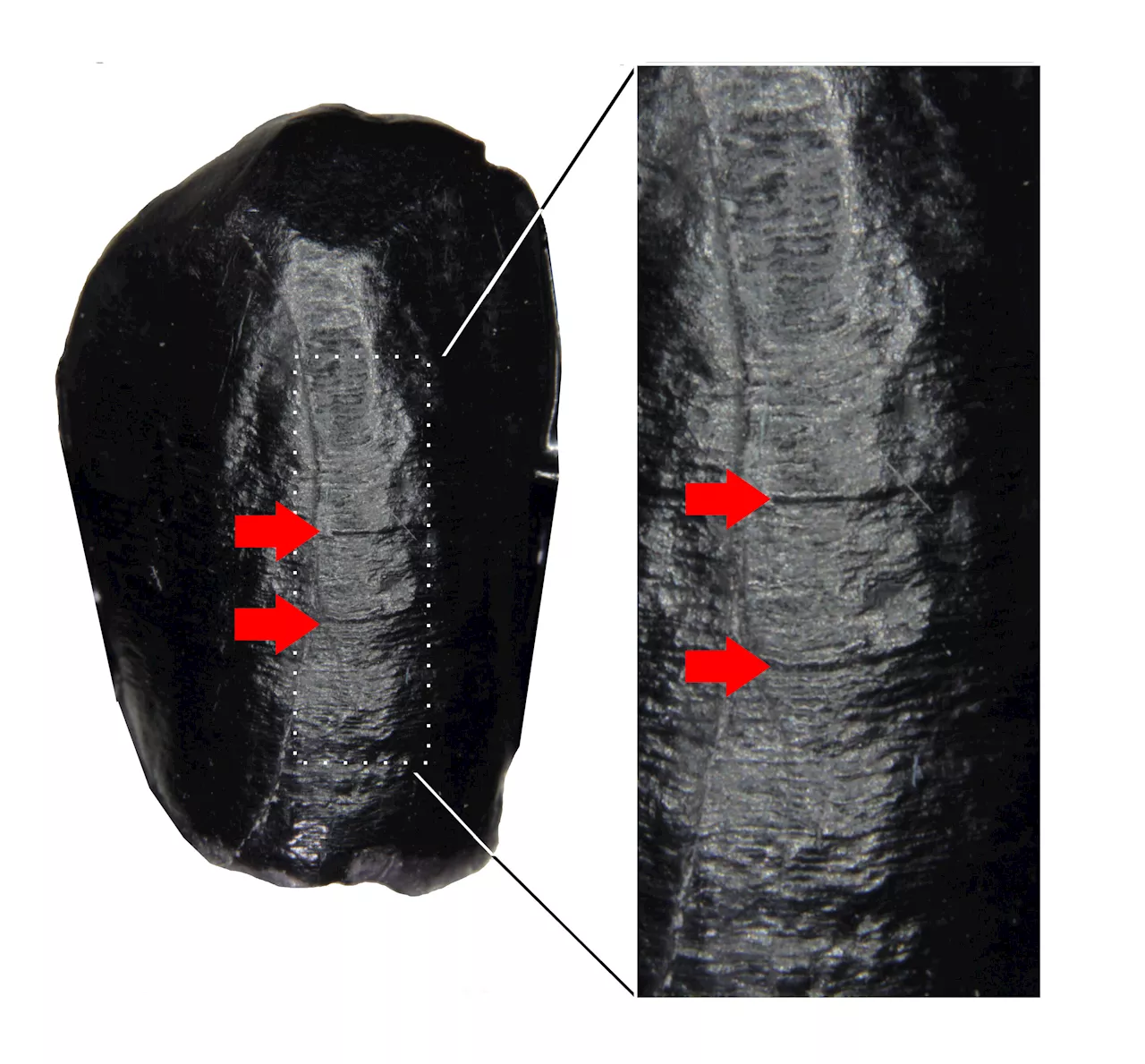 Dental enamel study suggests differences in Neanderthal and Paleolithic human childhood stressNeanderthal children (who lived between 400,000 and 40,000 years ago) and modern human children living during the Upper Paleolithic era (between 50,000 and 12,000 years ago) may have faced similar levels of childhood stress but at different developmental stages, according to a study published in Scientific Reports.
Dental enamel study suggests differences in Neanderthal and Paleolithic human childhood stressNeanderthal children (who lived between 400,000 and 40,000 years ago) and modern human children living during the Upper Paleolithic era (between 50,000 and 12,000 years ago) may have faced similar levels of childhood stress but at different developmental stages, according to a study published in Scientific Reports.
Read more »
 Oldest Known Human Viruses Found in 50,000-Year-Old Neanderthal BonesThe Best in Science News and Amazing Breakthroughs
Oldest Known Human Viruses Found in 50,000-Year-Old Neanderthal BonesThe Best in Science News and Amazing Breakthroughs
Read more »
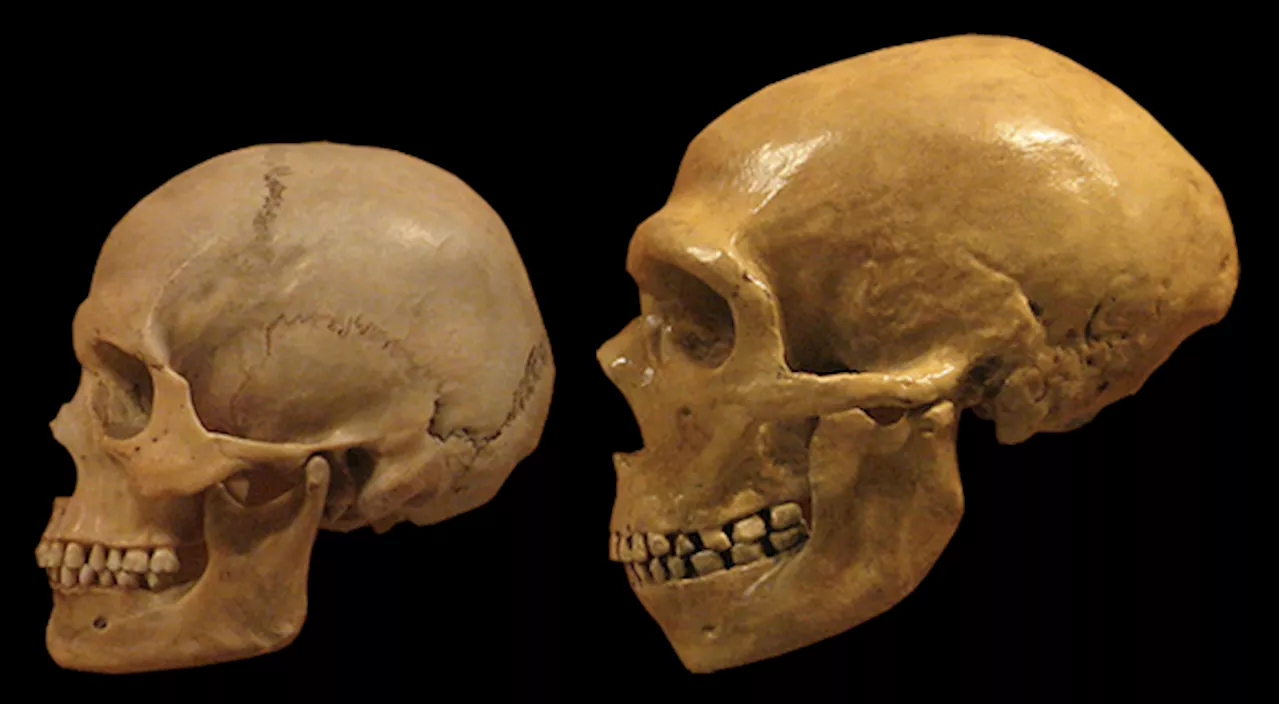 How Neanderthal language differed from modern human—they probably didn't use metaphorsThe Neanderthals (Homo neanderthalensis) fascinate researchers and the general public alike. They remain central to debates about the nature of the genus Homo (the broad biological classification that humans and their relatives fall into). Neanderthals are also vital for understanding the uniqueness or otherwise of our species, Homo sapiens.
How Neanderthal language differed from modern human—they probably didn't use metaphorsThe Neanderthals (Homo neanderthalensis) fascinate researchers and the general public alike. They remain central to debates about the nature of the genus Homo (the broad biological classification that humans and their relatives fall into). Neanderthals are also vital for understanding the uniqueness or otherwise of our species, Homo sapiens.
Read more »
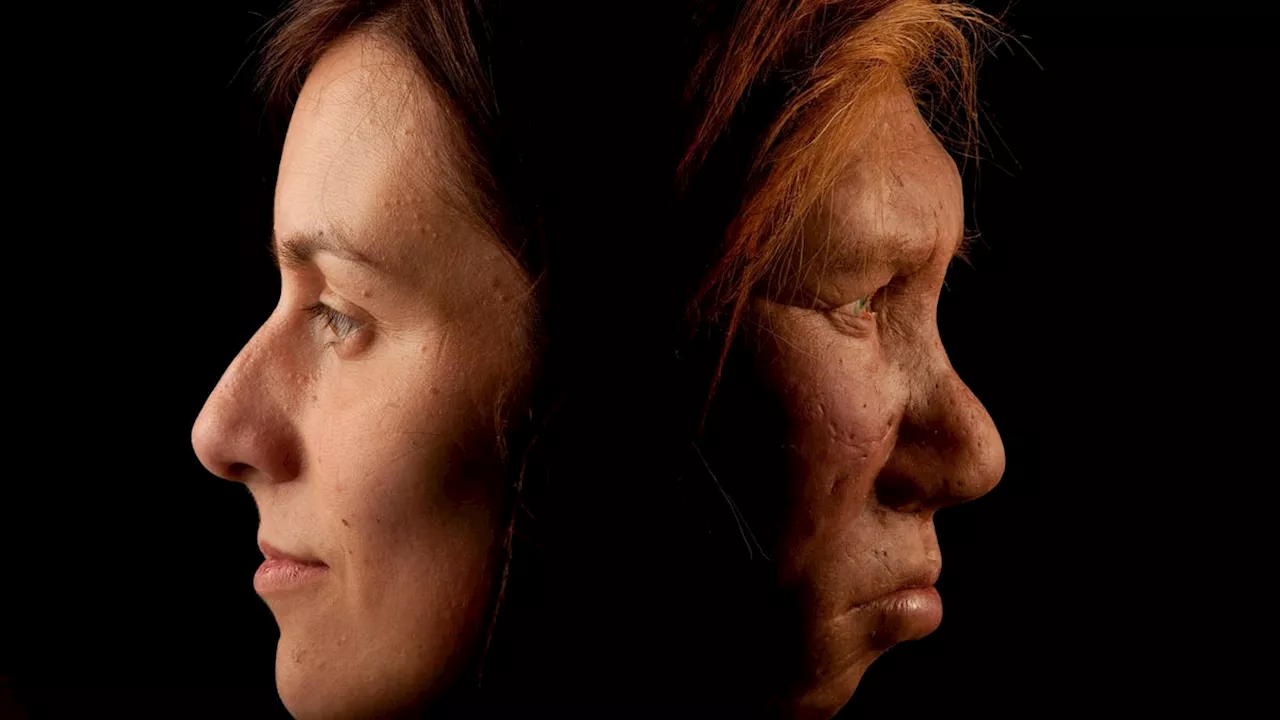 Neanderthal Bones Reveal Presence of Ancient Human VirusesOur closest cousins carried some of the same pathogens we did, many of which are still around today.
Neanderthal Bones Reveal Presence of Ancient Human VirusesOur closest cousins carried some of the same pathogens we did, many of which are still around today.
Read more »
